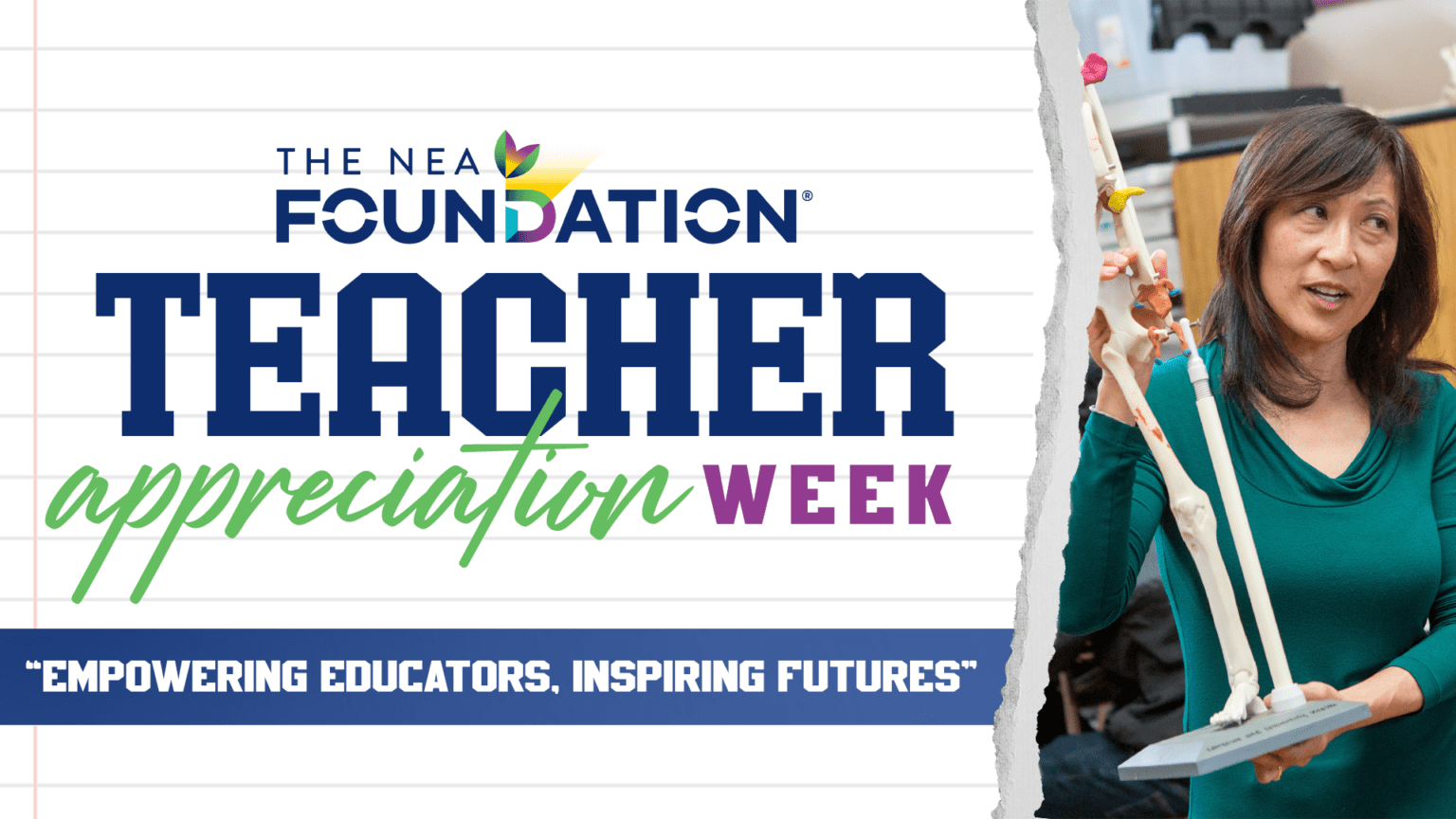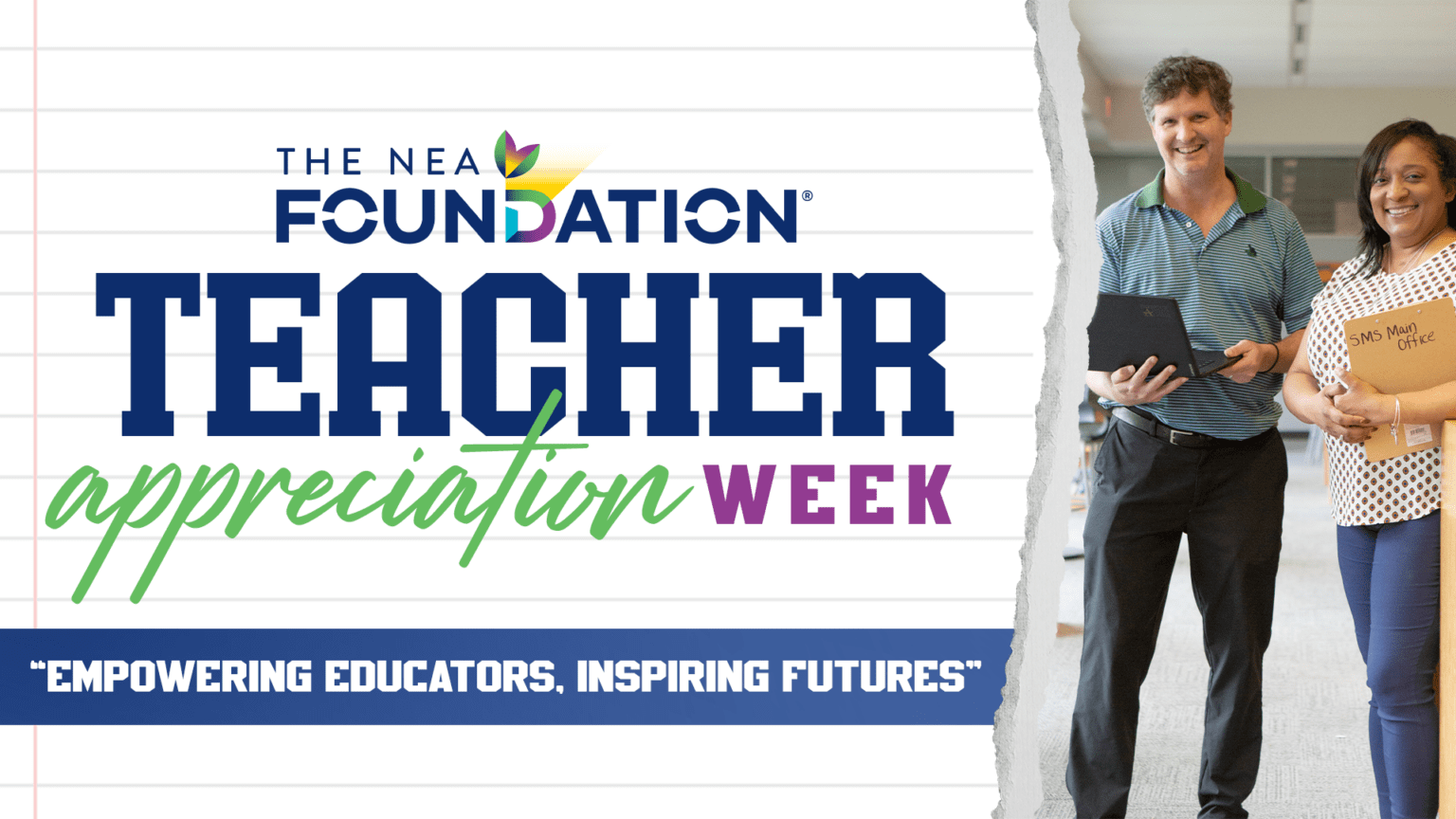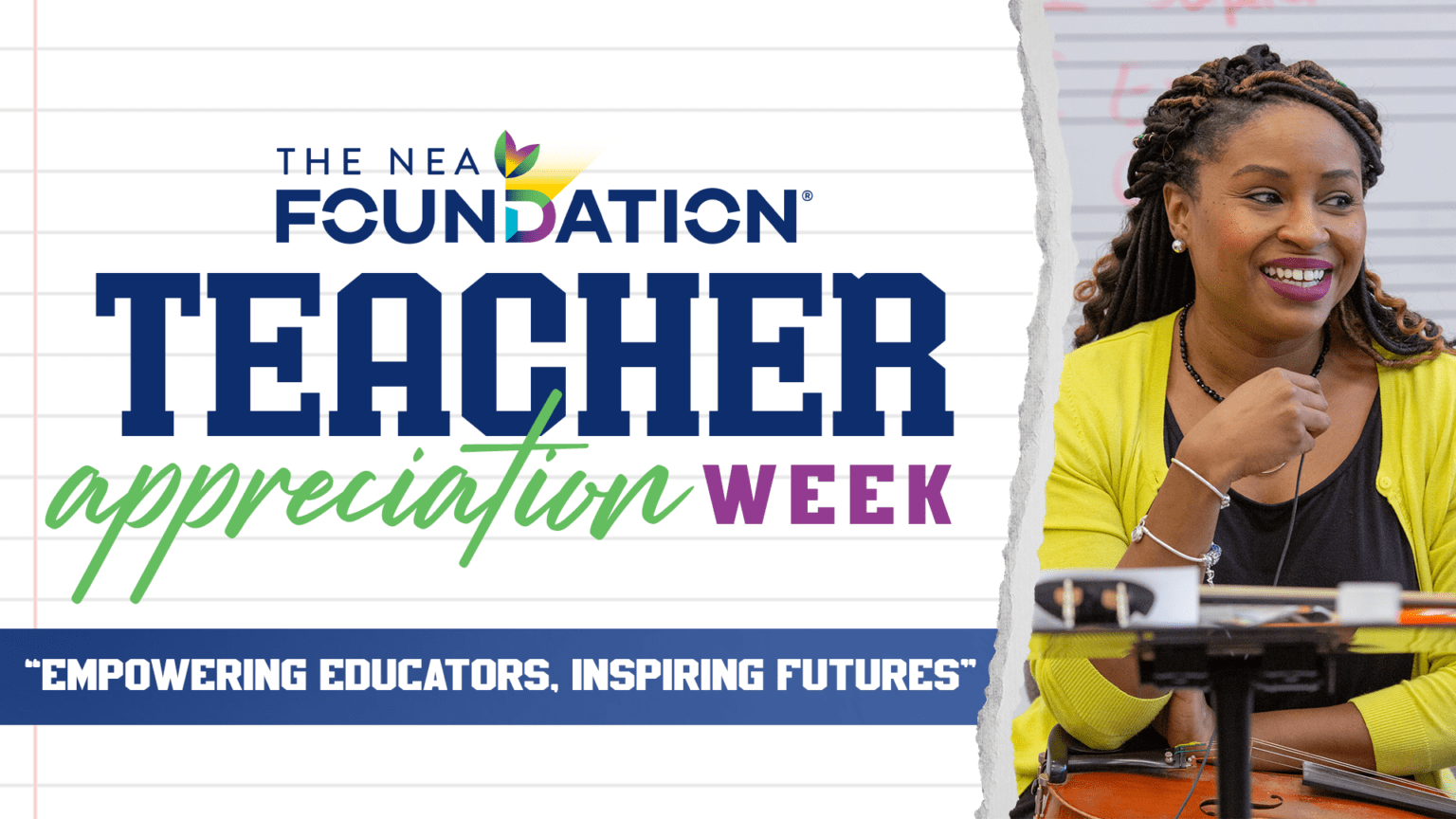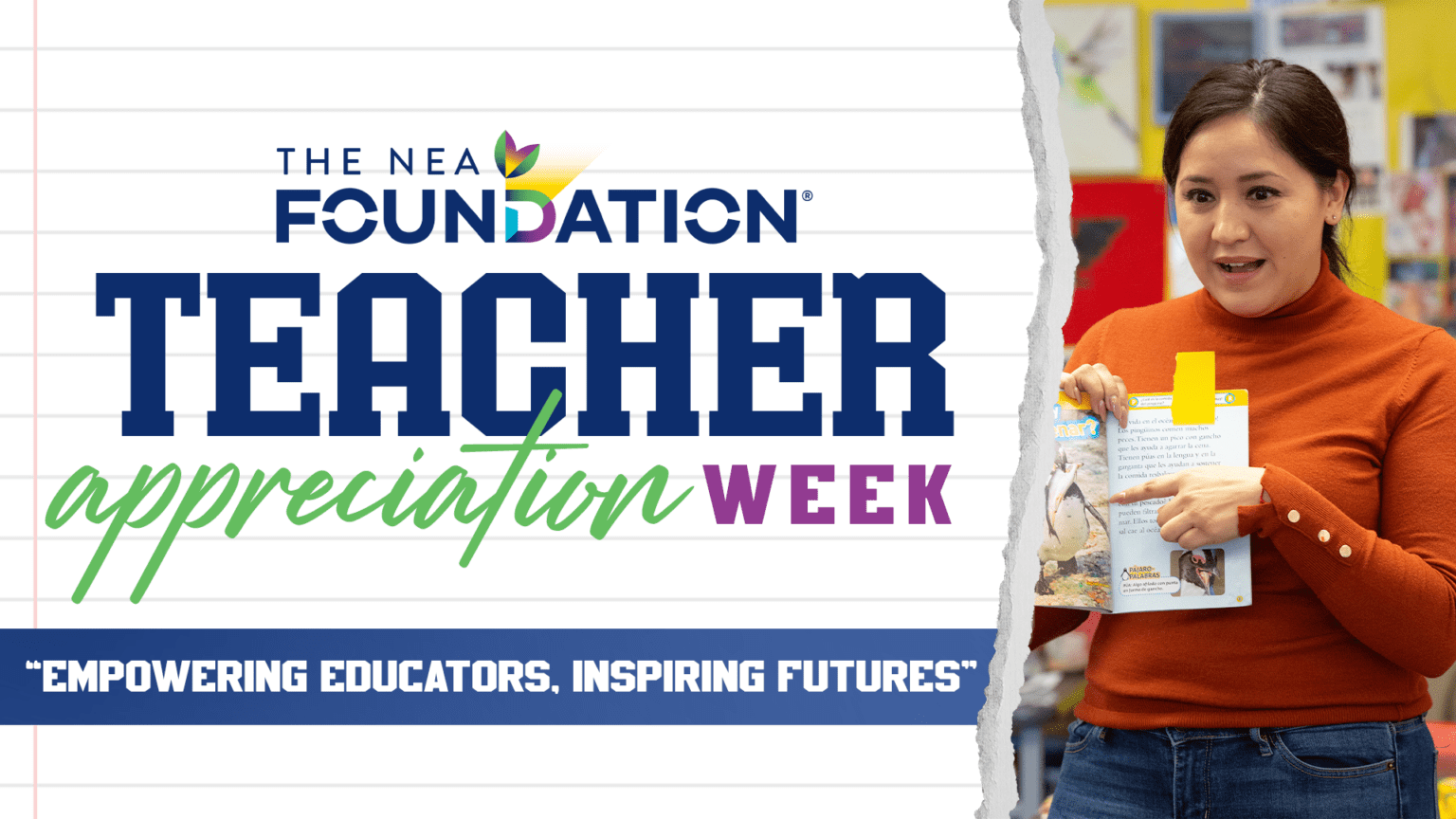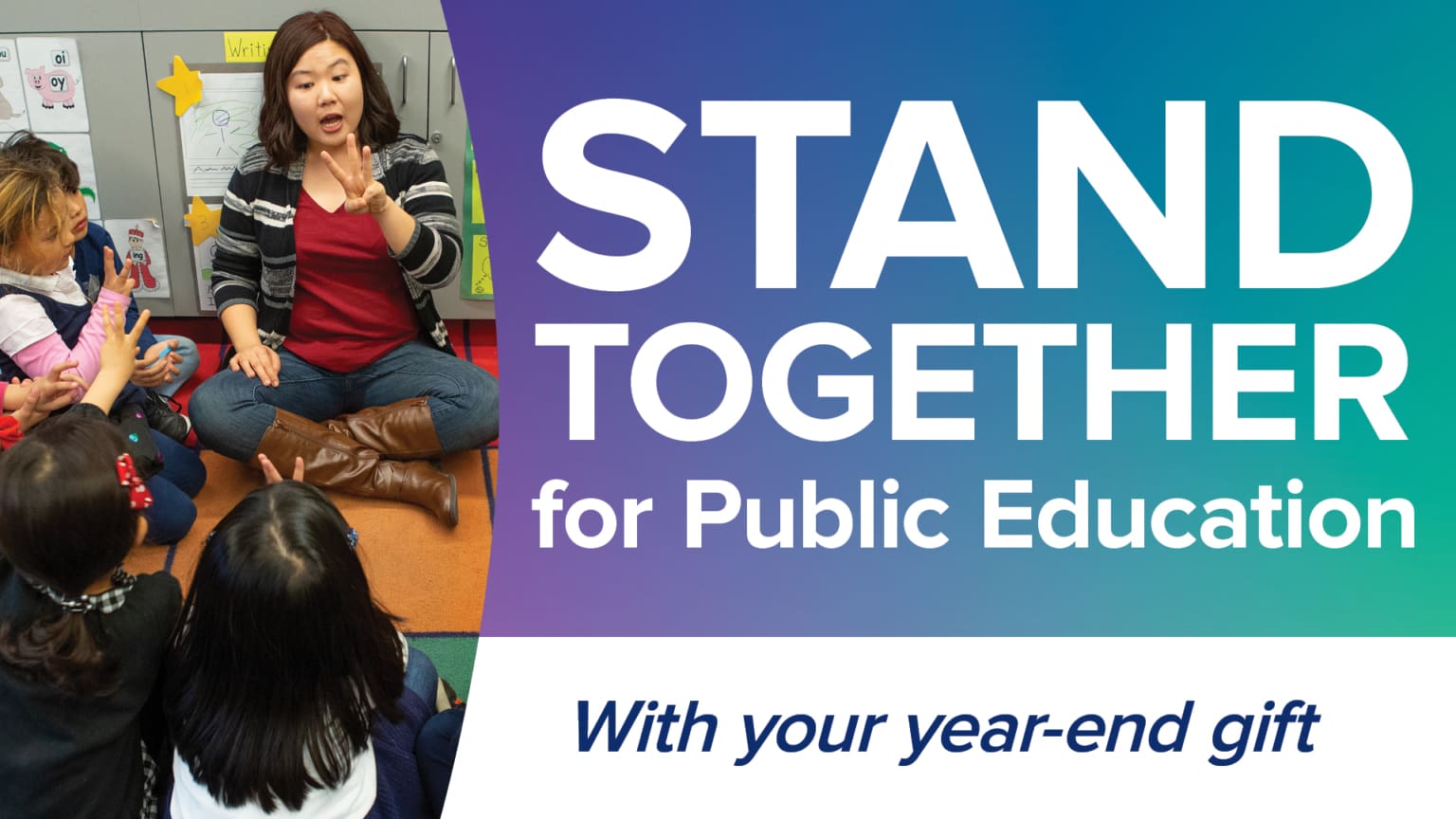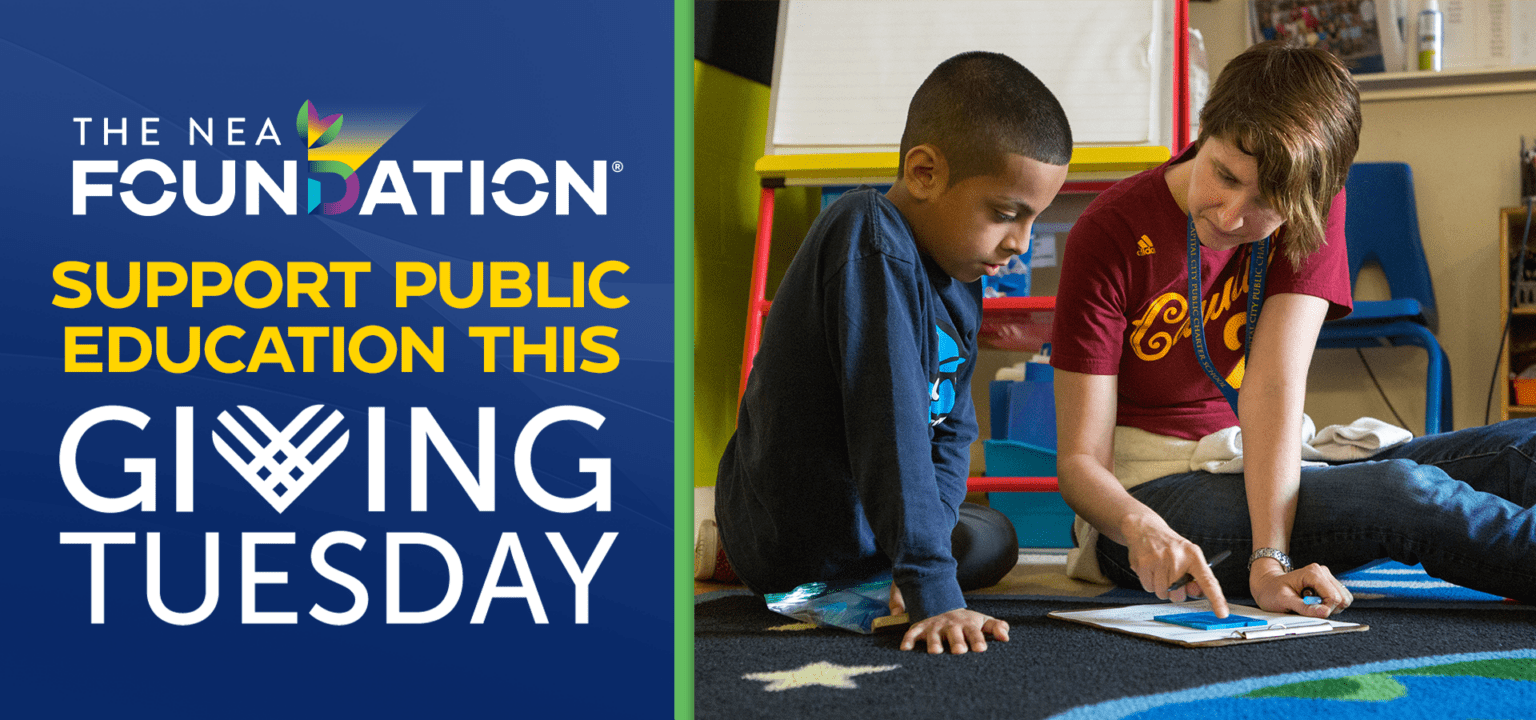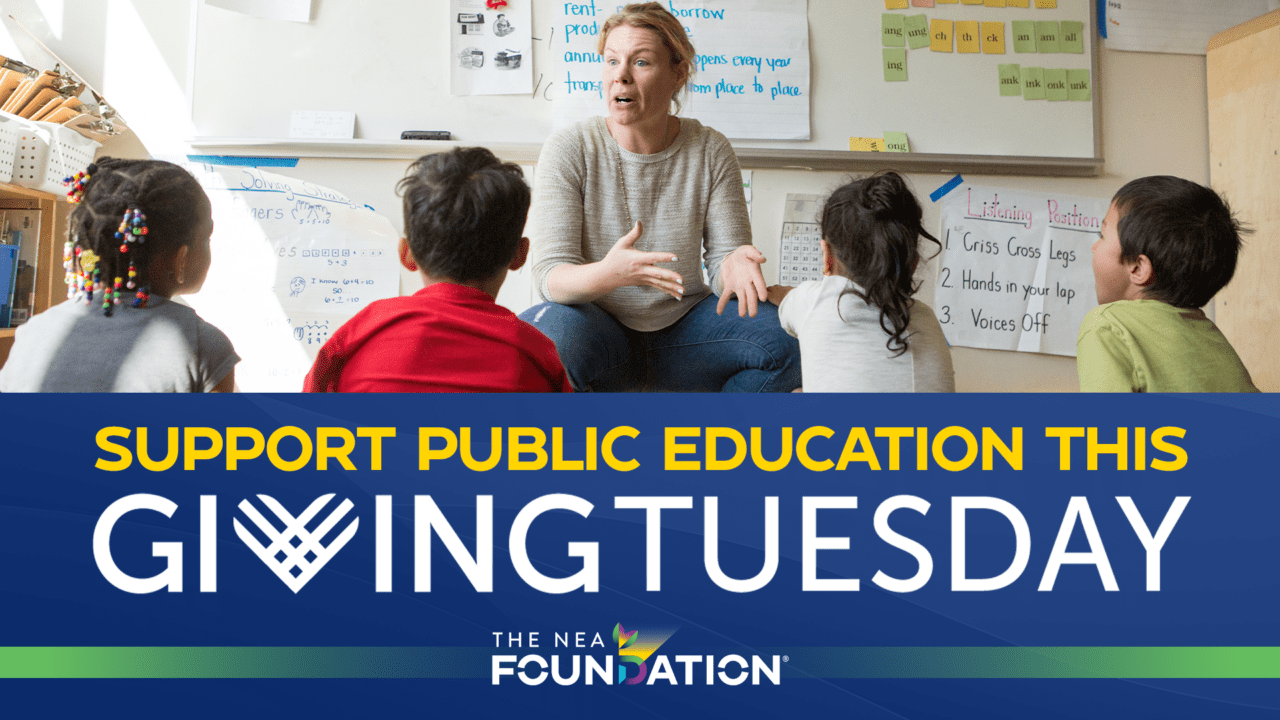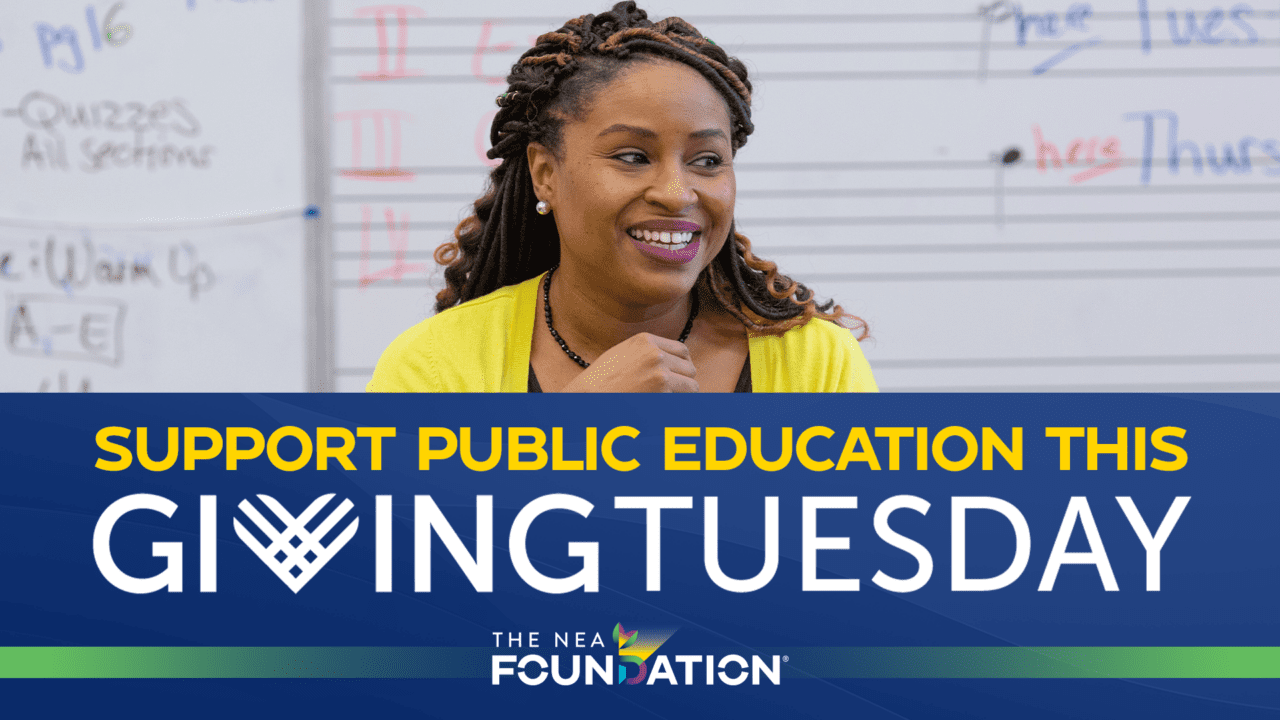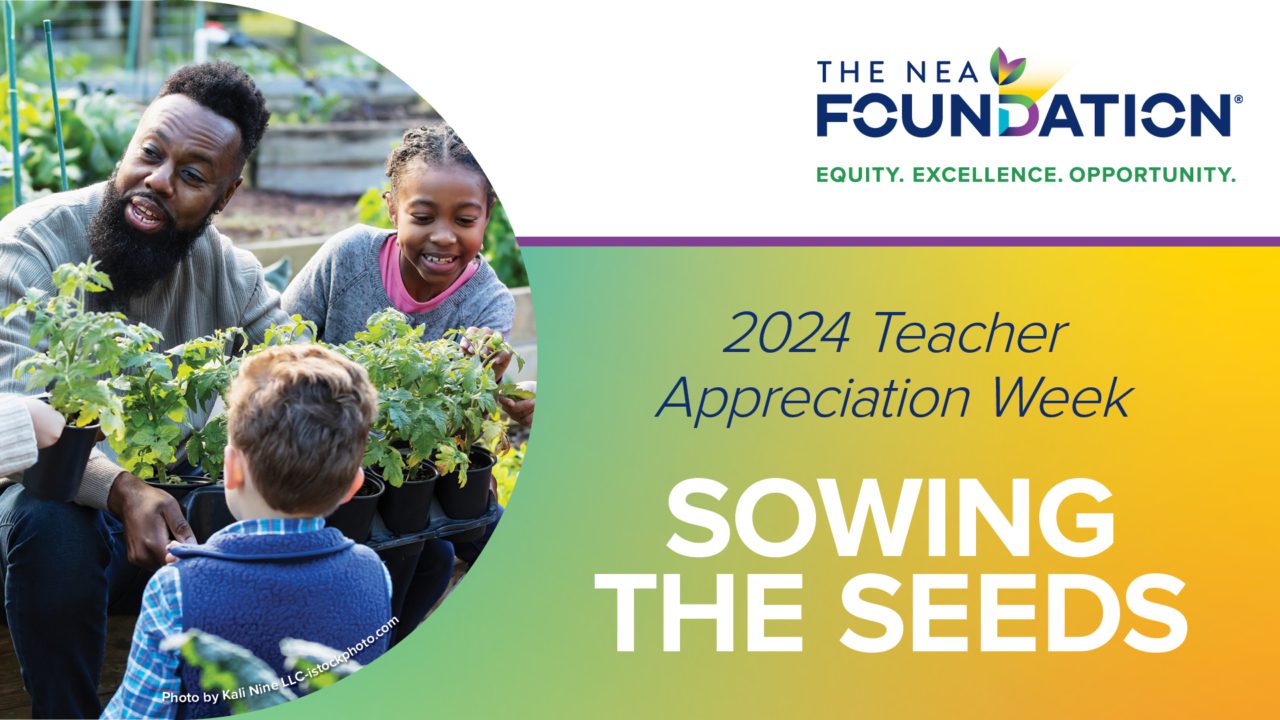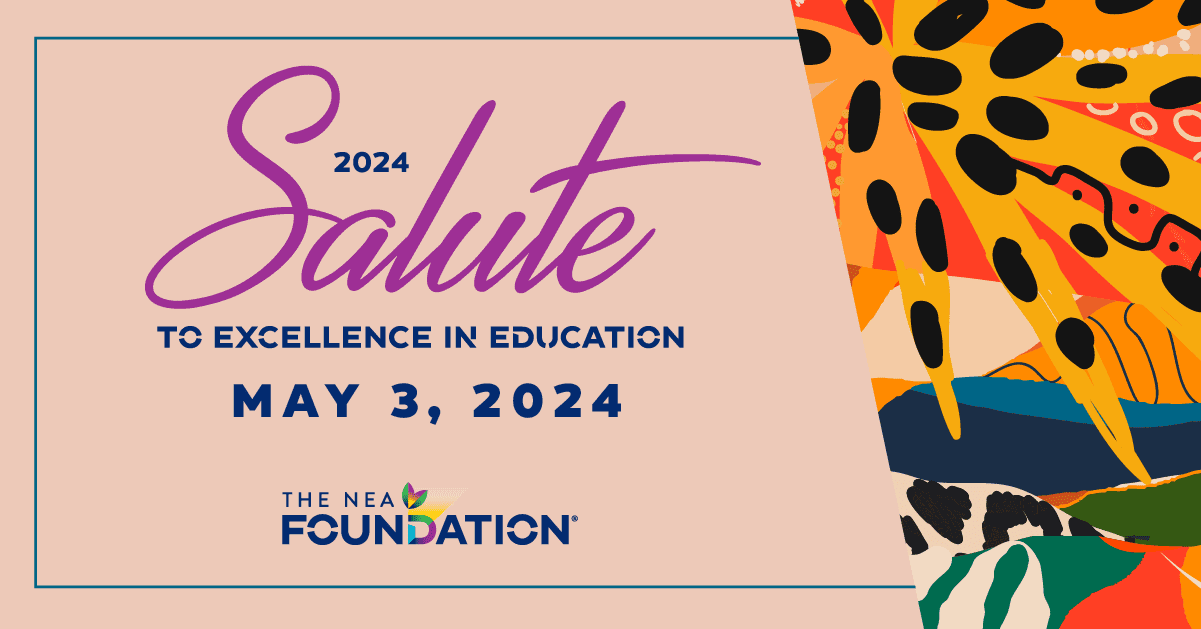This is the first of three posts discussing themes and issues explored during the NEA Foundation’s 7th annual Union-District Convening, held Oct. 24-25 in Washington, D.C.
Former U.S. Secretary of Education Richard Riley—a key architect of the national standards movement—believes that education in the United States is at a new crossroads, one where educators must lead the way.
Addressing more than 200 educators, district and local union officials, and community leaders for the NEA Foundation’s annual Union-District Convening, Riley noted that there is a growing consensus around the need to educate children for college, career, and citizenship. Educators, parents, policymakers, and the business community have all coalesced around the idea that students have to learn—and apply—new and more challenging skills to be prepared for a changing world.
What’s different at this “critical moment of transition in education reform,” as Riley called it, is that there’s a growing understanding that educators are at the heart of this transition—and this is where the challenge and the opportunity lie. A central theme explored during the convening was the urgency of reconciling the need for more challenging standards with the realities of today’s students.
“Ethnic, religious, and racial diversity is the new normal,” Anthony Jackson, vice president for education at the Asia Society, told attendees. “How people make sense of this depends to the extent that they are prepared to live in this society.”
Celebrating his 80th birthday this year, Riley has seen firsthand what it will take to make such a shift work. “From personal experience, any education reform is difficult, but sustaining reform over any period of time is really difficult,” he told convening attendees.
And after having helped build meaningful partnerships between educators, district leaders and community groups in 19 cities across the country, we at the Foundation know that’s where our work—and all of our work–comes in. Collaboration is the only way to build sustainable change—and especially, the kind of sustainable change that can move all children. “Better education is everybody’s business, and we do it better when we do it together,” Riley said.
A critical first step? Developing solutions that work for students by working together within schools and in the communities they serve. National Education Association President Dennis Van Roekel put it best in the opening moments of the convening. “As a nation, as a state, or as a local district, we must define what it is we want for our children,” he said. “It can’t be what we want for some children, or my children or grandchildren. It must be what we want for every child in America.”

